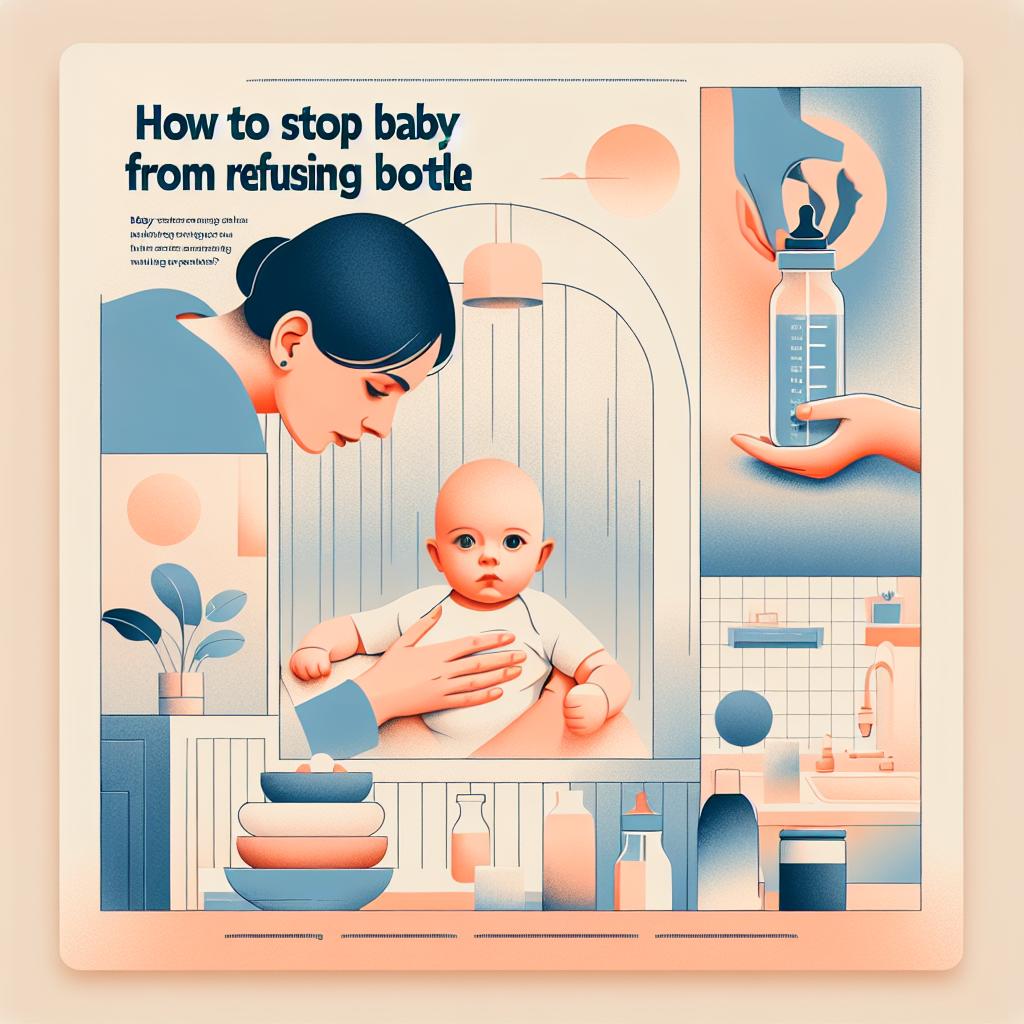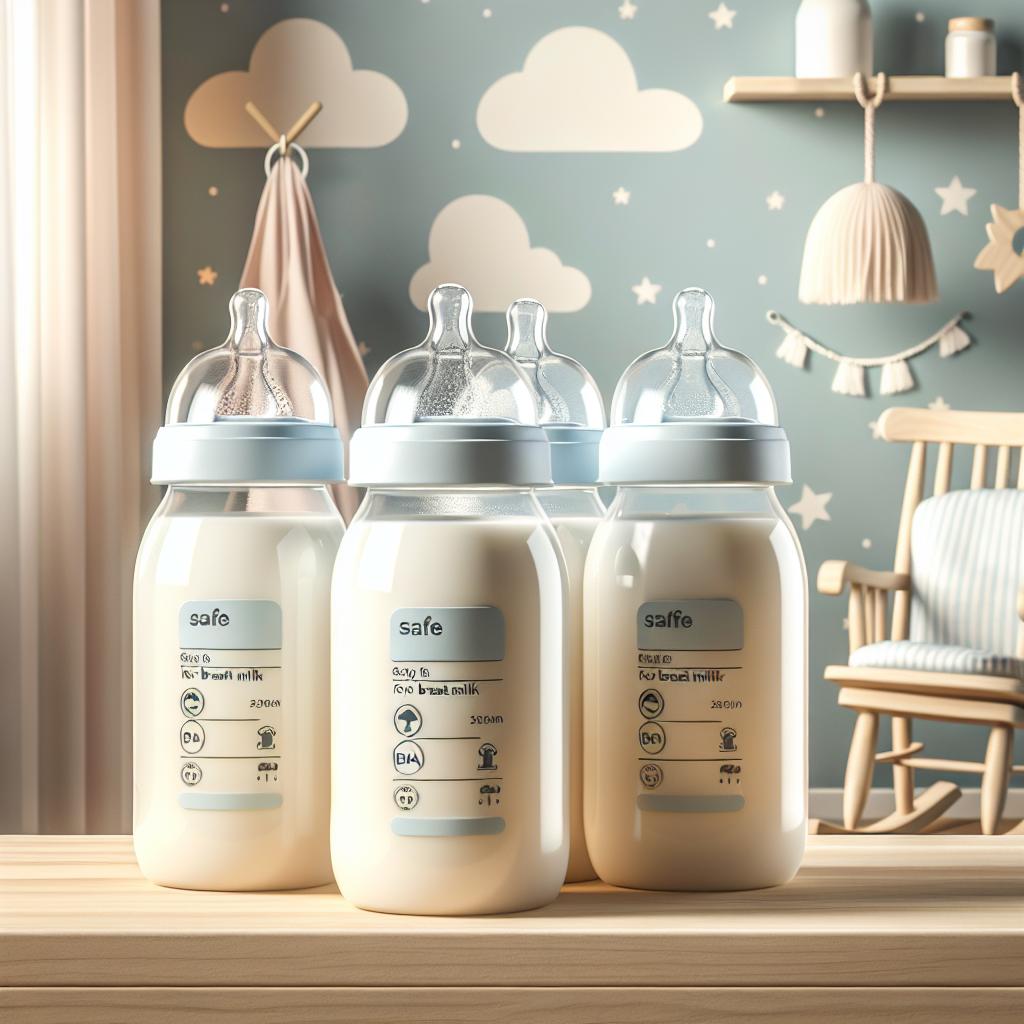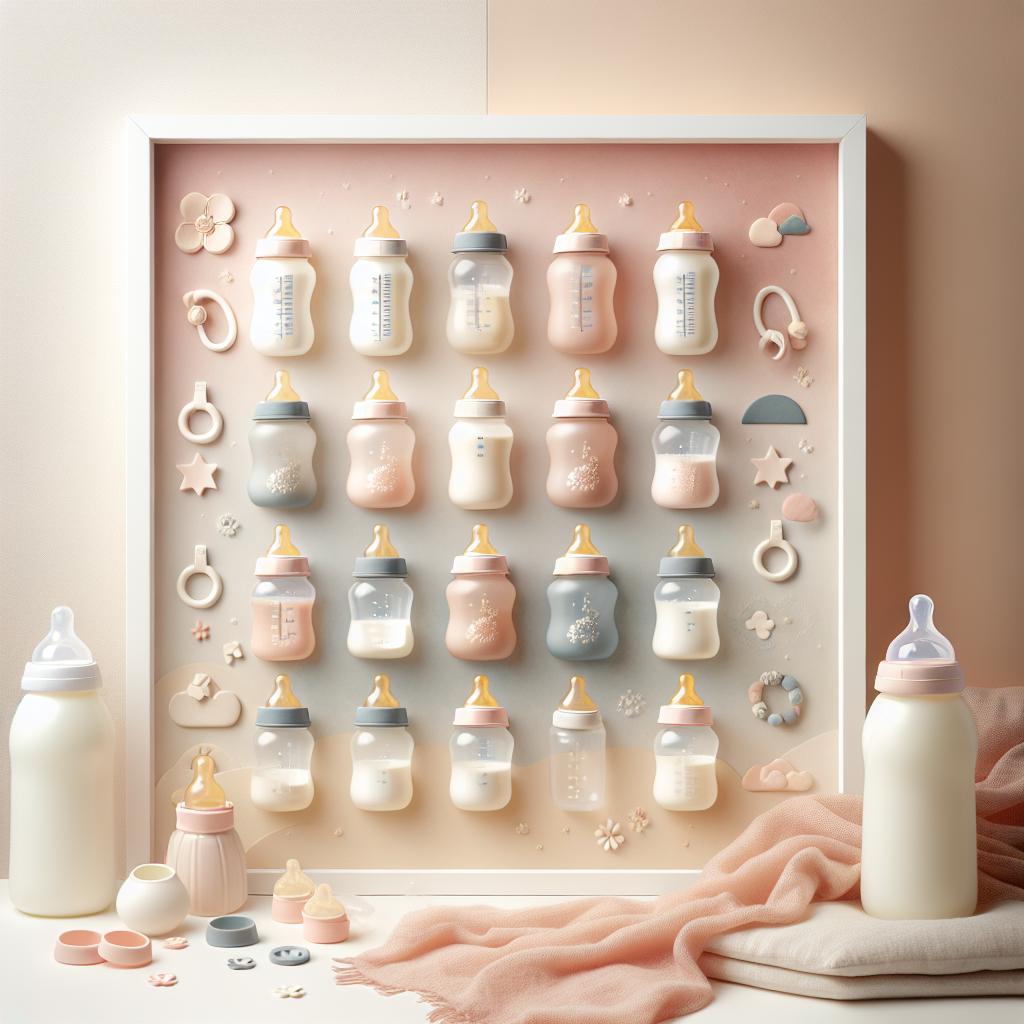Embracing Confidence in Your Feeding Choices
When it comes to feeding your baby, it’s normal to feel overwhelmed by the array of choices available. From breastfeeding to bottle-feeding, every parent wants to provide for their child in the best possible way. However, it’s essential to remember that what works for one child might not work for another. In this respect, making the right feeding choices is not about being perfect—it’s about making decisions that suit you, your baby, and your lifestyle. Ultimately, confident parenting comes from feeling good about the decisions you make.
Understanding Your Options for Bottle Feeding
Deciding to bottle-feed doesn’t mean settling for less. It’s a common misconception that breastfeeding is the only way to provide adequate nutrition for your baby. In fact, bottle-feeding can offer a variety of compelling benefits—for both you and your child.
- Flexibility: Bottle feeding enables anyone to feed the baby, allowing the primary caregiver to share the responsibility with others and take some much-needed rest.
- Clarified Portions: Bottle feeding allows you to see exactly how much milk your baby consumes during each feeding, giving you peace of mind that they are getting enough.
- Combined Breast and Bottle: For those who wish to breastfeed and use bottles, a combination methodology can provide the benefits of both. This approach gives mothers the opportunity to continue breastfeeding while supplementing with formula or expressed milk, which can be served via a bottle. Combining breast and bottle feeding fosters feeding flexibility and ensures that babies continue to receive important nutritional benefits.
Choosing the Best Baby Bottles
One key aspect of feeling good about your feeding choices involves selecting the best baby bottles for your child. What works best can vary greatly from one baby to another, so you may need to try a few different types before finding the perfect fit. Features to consider when choosing a bottle include the bottle’s shape, the nipple design, and the materials used for construction. Recently, biomimetic bottles—that mimic the breastfeeding experience—have gained popularity for their ability to combine the convenience of bottle-feeding with the physiological benefits of breastfeeding.
Valuing Your Decision and Feeling Good
Making the choice to bottle-feed can sometimes attract unsolicited comments or advice. In some cases, parents might feel the need to explain their decision to others. It’s important to remember that the feeding method you choose is personal to you and your baby. It’s your decision, influenced by your individual circumstances and what feels right for your family. Knowing you have made a well-informed, thoughtful decision will help you feel confident and good about your feeding choices.
Celebrating Success Stories
Many parents have faced the same dilemmas and uncertainties you might be experiencing right now. Fortunately, there are plenty of parenting success stories out there—accounts of moms and dads who found joy and confidence in their bottle-feeding choices. These stories serve as wonderful reminders that feeding success comes in many forms, and the right choice is the one that serves you and your child best.
Advice for Transitioning from Breastfeeding to Bottle-feeding
If you’re planning to move from breastfeeding to bottle-feeding, it’s key to remember that this transition might require patience and flexibility. Whether you’re transitioning because of returning to work, medical reasons, or personal choice, the following advice may help make the switch smoother for both you and your baby:
- Start Slowly: Introduce bottle-feeding gradually, starting with one bottle per day, then gradually increasing as your baby gets used to the bottle. This transition can take time, so be patient.
- Mimic Breastfeeding: Use bottles that mimic breastfeeding to make the transition more natural for your baby. Certain designs are closer to the feeling of breastfeeding, which can be more comfortable for your baby.
- Use Others: Babies might be more accepting of bottle-feeding from someone other than the breastfeeding parent, at least initially. Enlist the help of a partner, family member, or friend for the first few bottle-feeding sessions.
Discontinuing breastfeeding can bring up many feelings. The guidelines provided by Healthy Children are an excellent resource to help handle these emotions efficiently. Remember, the goal is to make feeding a pleasant, bonding experience for you and your child, regardless of whether they are breastfed or bottle-fed.
Exploring the Advantages of Formula Feeding
There are numerous benefits associated with formula feeding beyond its practicality. One of the major advantages is the nutritional aspect, as iron-fortified formula can prevent iron deficiency anemia, a common issue in exclusively breastfed infants. Formula-fed babies also tend to need fewer feedings than breastfed babies since formula digest slower than breast milk. For more information on the benefits and differences between breastfeeding and formula feeding, refer to this comprehensive overview by Mount Sinai
Informed Decision-making for Positive Parenting
Experts agree that an informed decision is the best decision in the matter of feeding your baby. Organizations like NHS Sussex provide helpful resources to assist parents in making a confident decision about whether to bottle-feed, breastfeed, or do a combination of the two. These resources include details about hygienic practices, sterilization techniques, and appropriate formula preparation methods – ensuring your baby receives proper nutrition and care.
Lastly, when you’re researching and deciding on how to feed your baby, be wary of misconceptions about bottle-feeding that can cause unnecessary worry or guilt. Reputable sources like KidsHealth provide reliable, up-to-date, and thorough information about commonly misunderstood topics related to bottle-feeding.
By staying informed and aware, you can make the best feeding choices for your unique circumstances. Whatever your choice, remember that feeding is a bonding time with your baby, and both of you should feel comfortable and happy during these times.






